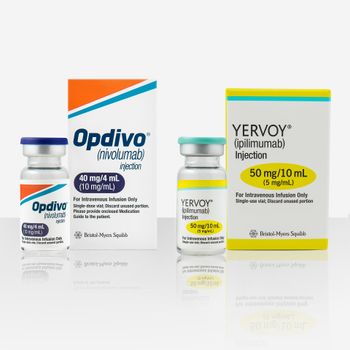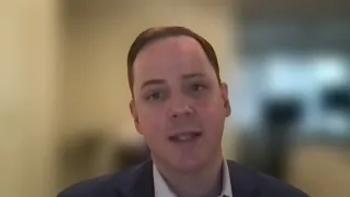
AMA Report: Health Insurance Markets Are Increasingly Concentrated
Commercial health insurance markets in almost three-quarters (73%) of U.S. metropolitan statistical areas are highly concentrated, according to a report from the American Medical Association.
Health insurance markets are increasingly controlled by just few insurers even though at a national level the largest insurer, UnitedHealth Group, controls just 16% of the market, according to a study of health insurance market concentration issued by the American Medical Association (AMA).
The seeming contradiction is explained by the fact that the commercial U.S. health insurance market is divided up into state and city markets for regulatory and other reasons, the AMA report explains. Blues plan often hold sway in those state and metropolitan statistical area (MSA) markets, even if they are not large on a national scale in terms of enrollment. According to the AMA report, in 40 states and in 311 of 384 MSAs (81%), a Blues plans holds the largest market share.
The report says the proportion of MSAs with highly concentrated insurance markets, as measured by enrollment, increased from 71% in 2014 to 73% in 2020. The authors, José Guardado, Ph.D., and Carol Kane, Ph.D., both in the AMA’s Division of Economic and Health Policy Research, used a commonly used measure of market share called the Herfindahl-Hirschman Indices (HHI) to calculate market concentration and a commonly used threshold of the HHI (2,500) to categorize a market as highly concentrated.
They found that more than half (54%) of the markets that were highly concentrated in 2014 became even more so by 2020 and that 26% of the markets that hadn’t met the highly concentrated threshold in 2014 crossed over and were classified as highly concentrated in 2020.
They also found that in 348 of the 384 MSA markets (91%), at least one insurer had a 30% share or greater of the commercial market. In 46% of the MSAs, an insurer had 50% market share or larger.
The report says increasingly concentrated markets have resulted in health insurers’ wielding monopoly power, resulting in higher premiums than if there was more competition. The report also says that market concentration has given insurers monopsony power — the ability to reduce “input” prices, which in this case would be rates paid to physicians and other providers.
The national figures show remarkable stability from 2014 to 2020. For example, the UnitedHealth Group had 16% market share in 2014. Six years later, its shared was 15%.
After United, Anthem, Aetna, Cigna and Health Care Service Corporation (HCSC) were the largest insurers by market share in 2014. In 2020, it was the same list but Kaiser edged out HCSC for the fifth.
It is a different story, though, with the exchange market. Anthem was the largest insurer by enrollment in 2014. In 2020, Centene was the largest, with an 18% market share. In 2014, it wasn’t even in the top 10.
Newsletter
Get the latest industry news, event updates, and more from Managed healthcare Executive.






















































